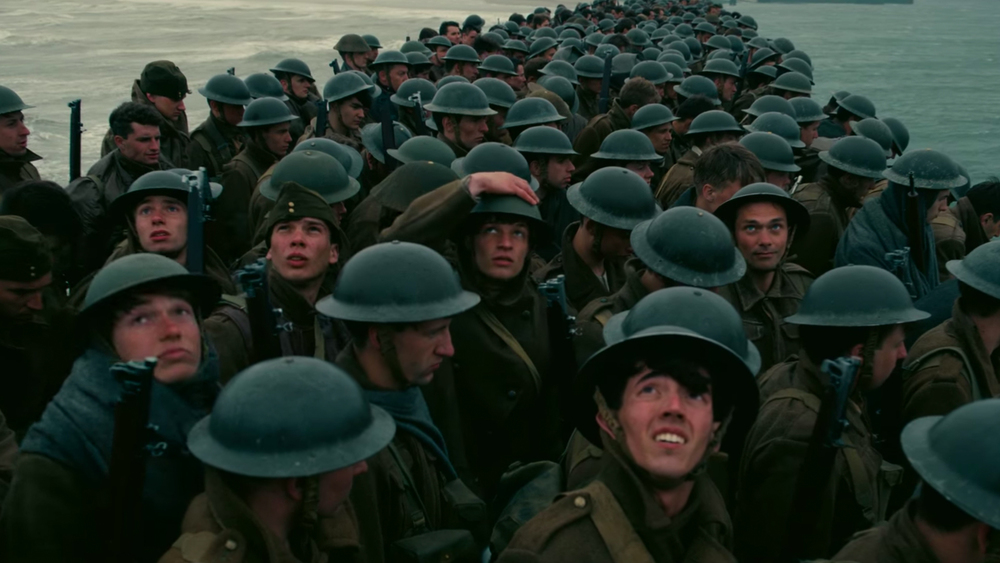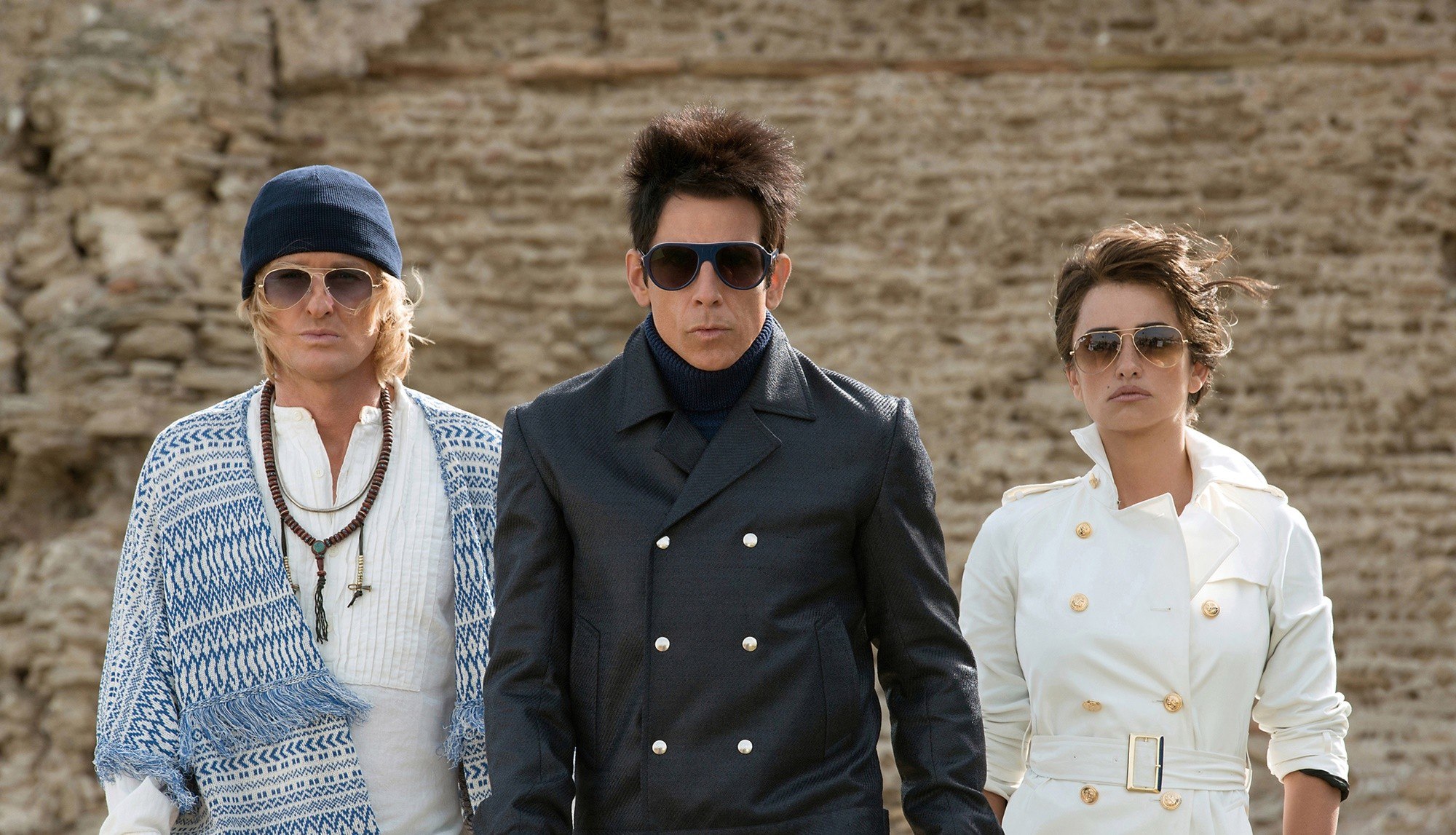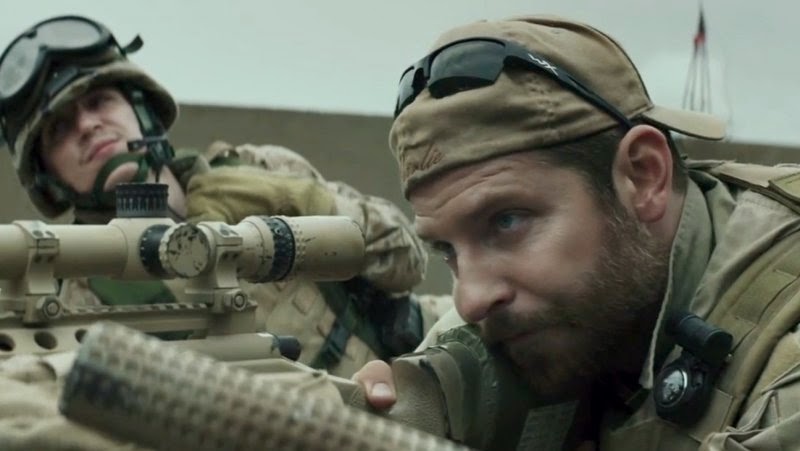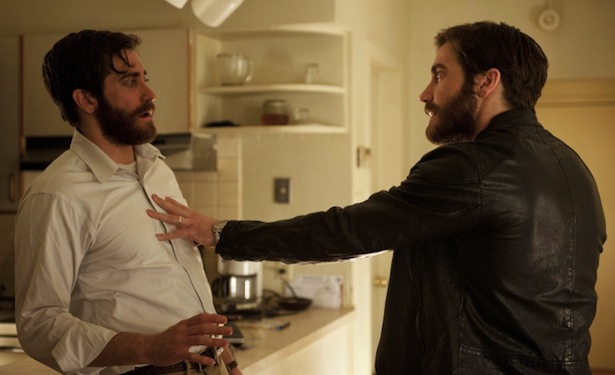I watch every horror movie generally the same, with my hands over my eyes, my fingers just cracked enough that I can see the screen. It’s the 1st grader, peeking out the blinds while grounded method – one I’ve perfected over the years. I also love that feeling – of the tension ratcheting up from the fellow poor souls littered in the theater around you. Collectively you’ll bring the room temperature up just praying for some sweet relief from the torture you’re putting yourself through. What’s amazing is that Christopher Nolan has accomplished that same feeling with Dunkirk – a film of awe-inspiring and staggering intensity – that is unlike any war film ever made.
Put simply – Dunkirk is the perfect distillation of Nolan’s cinematic powers. He strips away much of the excess of his previous work in favor of a simple yet rich story of survival. In many ways it’s hard to call this a war movie. It’s true that the specter of the Nazi’s is all around the 300,000+ English and French soldiers on the French shore but they are rarely seen, instead imposing something much more existential and dreadful upon the men. They’ve been pushed to the edge, both literally and figuratively, but are only 45+ kilometers from home.
 Nolan chooses to forgo the battle of Dunkirk in favor of staging the evacuation – the largest in modern military history. By doing this he strips the normal heroism and flag waving we’ve come to expect from our military pictures. In exchange we’re left with a beach full of beaten down teenagers waiting for what could be their ultimate demise. As they wait, Nazi fighter pilots strafe the beach, dropping bombs seemingly at random. U-Boats patrol the shore, sinking 6 British Destroyers in all. Even their only escape route seems futile.
Nolan chooses to forgo the battle of Dunkirk in favor of staging the evacuation – the largest in modern military history. By doing this he strips the normal heroism and flag waving we’ve come to expect from our military pictures. In exchange we’re left with a beach full of beaten down teenagers waiting for what could be their ultimate demise. As they wait, Nazi fighter pilots strafe the beach, dropping bombs seemingly at random. U-Boats patrol the shore, sinking 6 British Destroyers in all. Even their only escape route seems futile.
Nolan splits his tight 105-minute runtime into three distinct pieces. Part 1 is “The Mole” – a small jetty that stretches far enough into the water for the remaining men to get on boats, and the wounded to have a shot at care. Here we meet two boys, who run the length of the shore to deliver a wounded man on a stretcher. Tommy (Fionn Whitehead) and his nameless pal (Damien Bonnard) make their way wordlessly through the crowd, trying to save the wounded but also themselves.
Part 2 is “The Sea.” Here we meet the British civilians who will make the valiant attempt to captain their personal boats across the English Channel to aid in the military recovery. Mr. Dawson (Mark Rylance) is our conduit – who, along with his son Peter (Tom Glynn-Carney) and over-zealous little dock rat George (Barry Keoghan) – cruise their pleasure craft across the sea in search of survivors. Part 3 is “The Air” – a series of jaw-dropping dog fights between Royal Air Force Pilots Farrier (Tom Hardy,) Collins (Jack Lowden) and a host of faceless Nazi-scum.
Each “part” takes place over a different time period, 1 over a week, 2 over a day and 3 over an hour. The result is an Inception like sensation as Nolan and his editor Lee Smith seamlessly blend each story into each other until they coalesce in the third act. But like Inception the initial viewing can be disorienting as you try to piece it together but the trick is nothing short of magical.
Nolan shot nearly 75% of the film in 70mm IMAX and the scale is palpable. He uses practical effects such as real planes and ships to pepper the deep blue-gray landscape. It’s unlike anything I’ve seen before. Still, while Nolan can conjure such grandeur seemingly at will he never loses sight of how intimate the terror must have been. That is his true achievement.
And that’s been a problem for him in the past, a filmmaker of immeasurable talent who often gets a little too caught up in the minute details. Dunkirk is free of those shackles, instead tied to a historical narrative that he can’t balloon with frivolous asides. What he’s created is a modern masterpiece of craft and precision. Dunkirk is the quietest loud film ever made.





